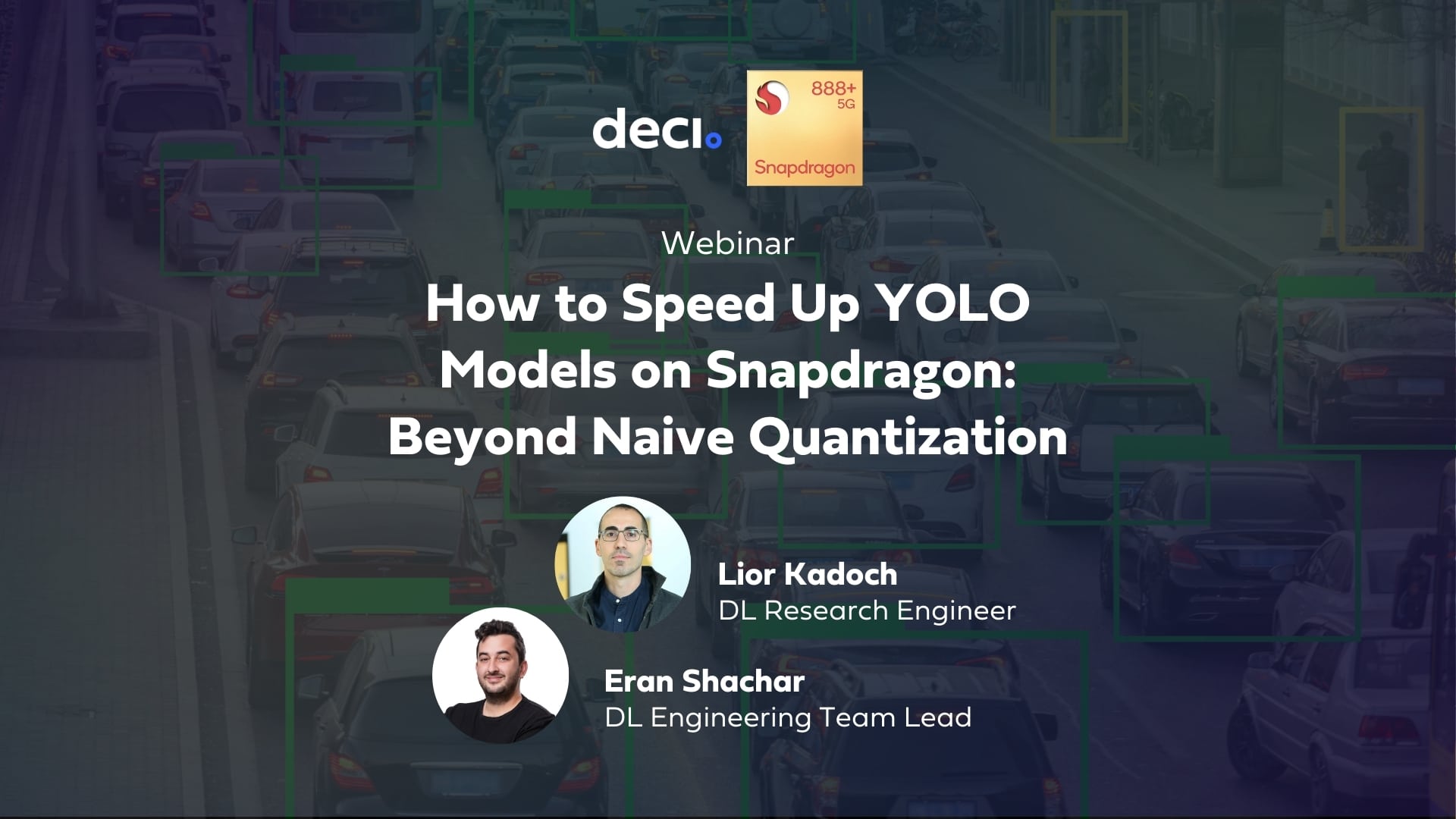Discover the fascinating world of Large Language Models (LLMs) and their unparalleled prowess in natural language tasks. While LLMs have showcased exceptional language understanding, tailoring them for specific tasks can pose a challenge. This webinar delves into the nuances of supervised fine-tuning, instruction tuning, and the powerful techniques that bridge the gap between model objectives and user-specific requirements.
Key takeaways:
- Specialized Fine-Tuning: Adapt LLMs for niche tasks using labeled data.
- Introduction to Instruction Tuning: Enhance LLM capabilities and controllability.
- Dataset Preparation: Format datasets for effective instruction tuning.
- BitsAndBytes & Model Quantization: Optimize memory and speed with the BitsAndBytes library.
- PEFT & LoRA: Understand the benefits of the PEFT library from HuggingFace and the role of LoRA in fine-tuning.
- TRL Library Overview: Delve into the TRL (Transformers Reinforcement Learning) library’s functionalities.
- SFTTrainer Explained: Navigate the SFTTrainer class by TRL for efficient supervised fine-tuning.
If you want to learn more about optimizing your generative AI applications, book a demo here.



